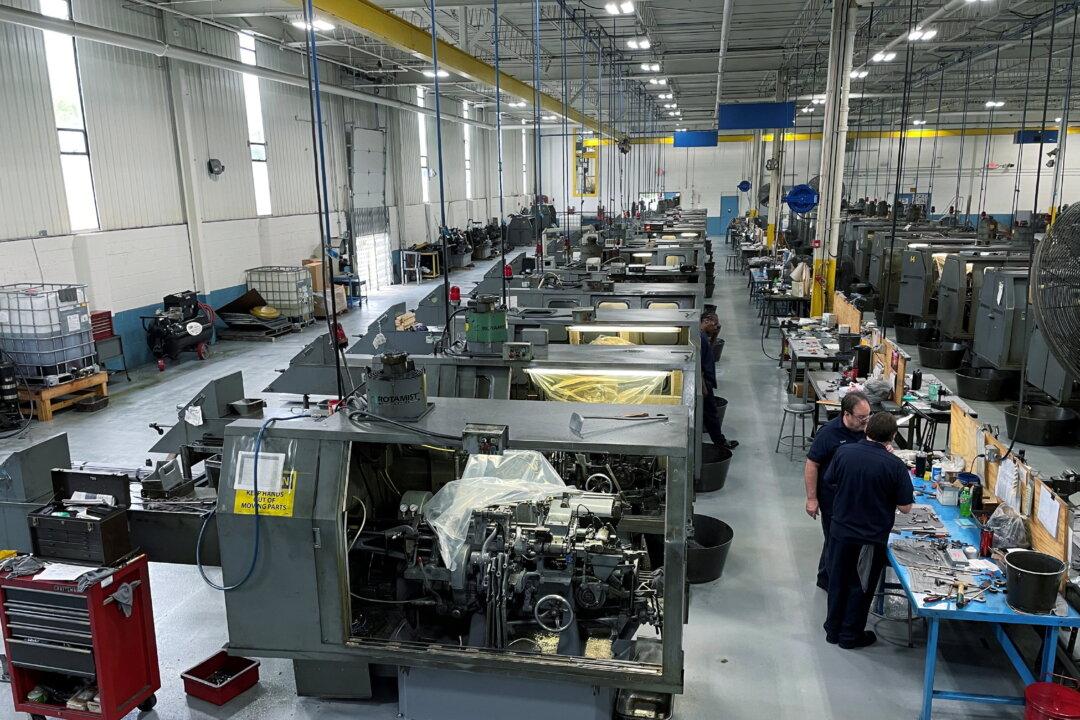McKinsey has released its “Global Economics Intelligence Critical Trends and Risks” May 2022 report. The global management consulting firm’s report highlights the expansion of American industry, commodity price increases, and central banks’ move against inflation.
The U.S. manufacturing purchasing managers’ index (PMI) improved to 59.2 in April, up from 58.8 in March, according to the report. The PMI measures the prevailing economic trend direction of manufacturing and service sectors. It is a leading indicator of economic activity and provides useful information to investors, market analysts, and business decision-makers. While readings above 50 indicate an increase from the previous month, readings below 50 indicate a decline.





